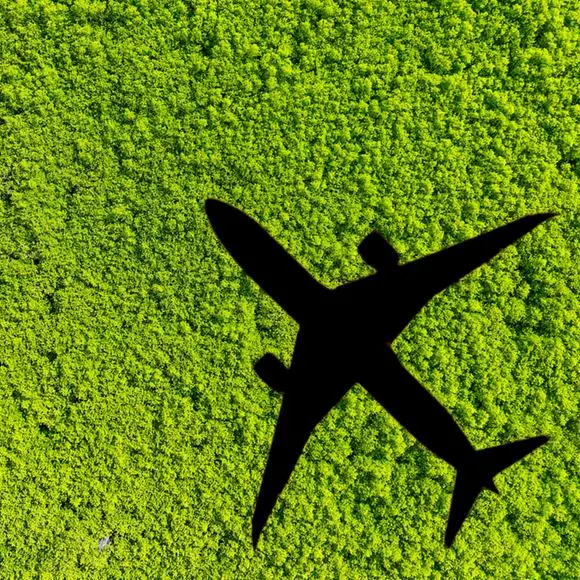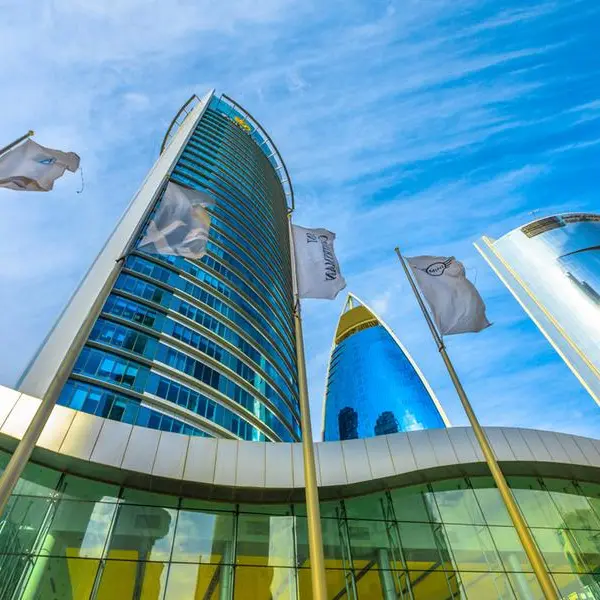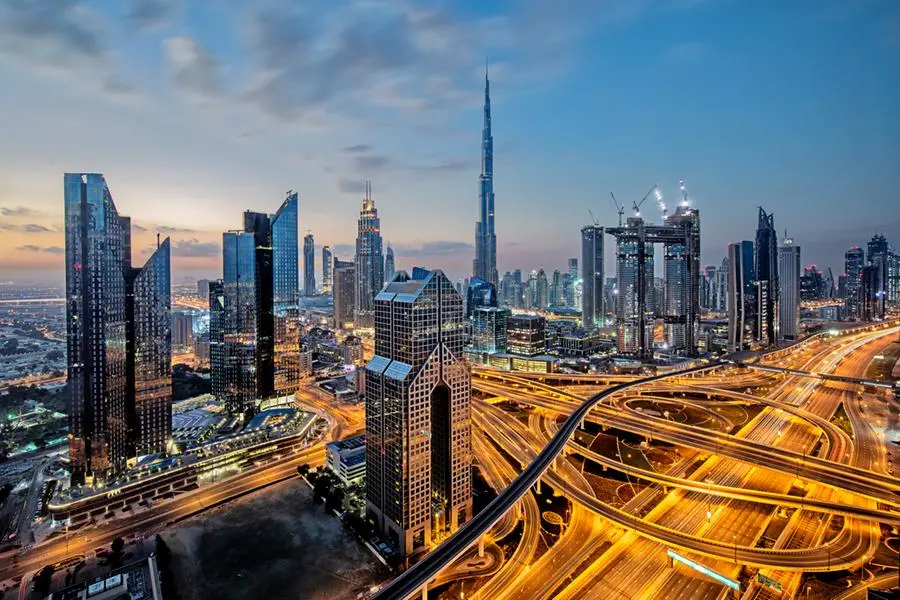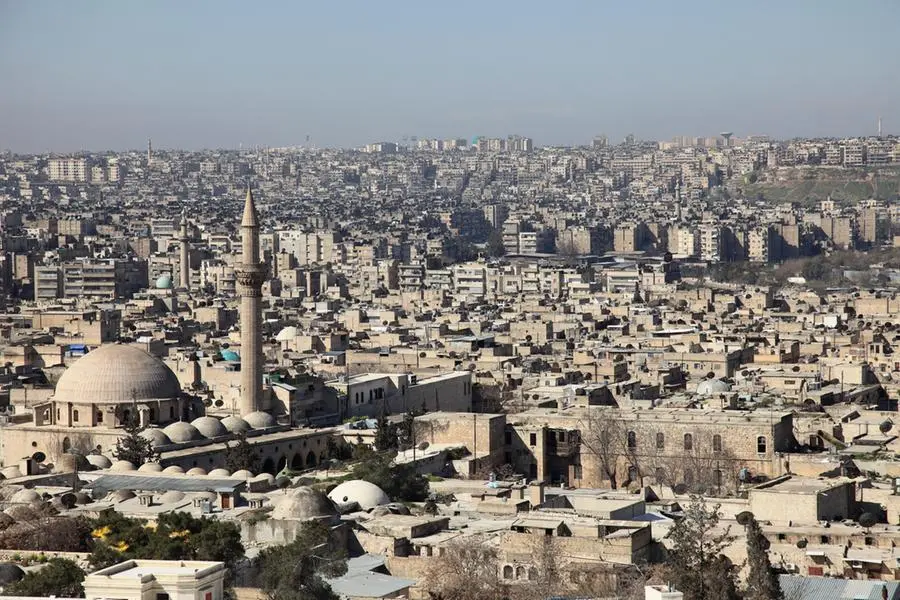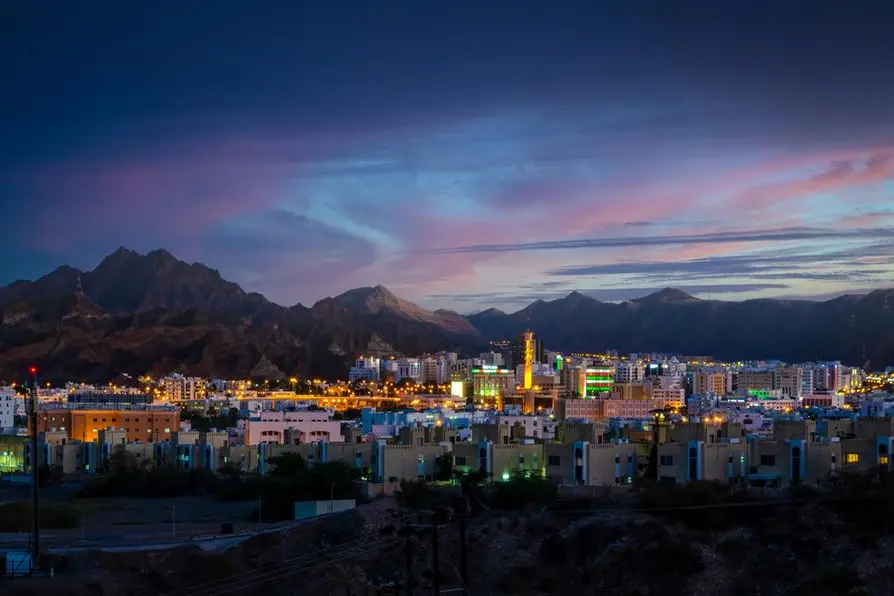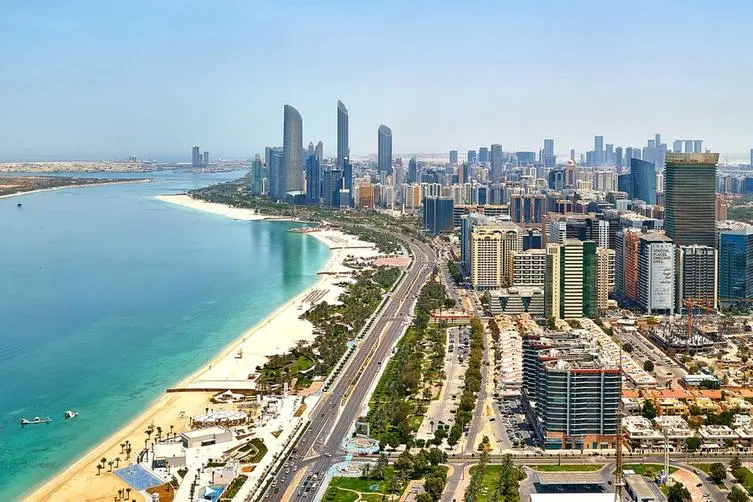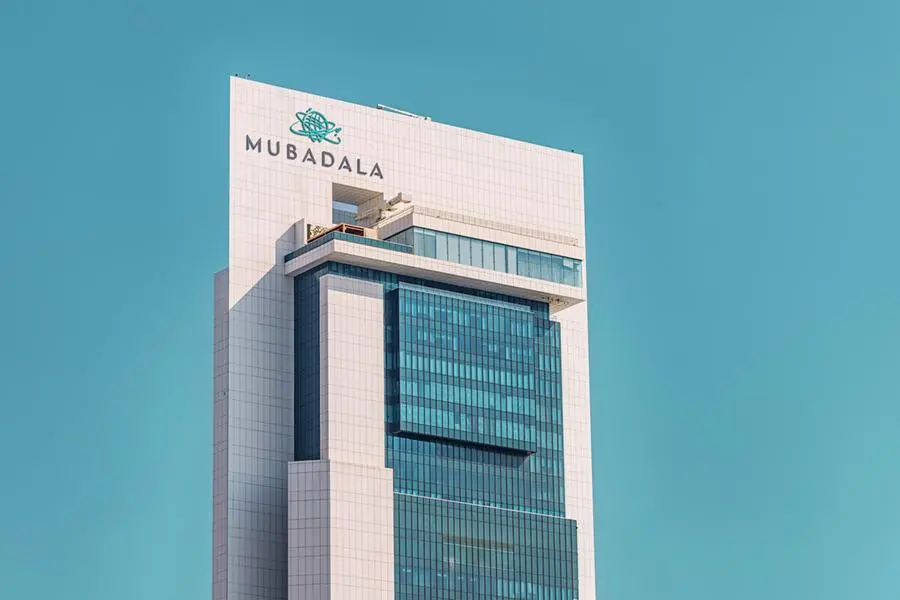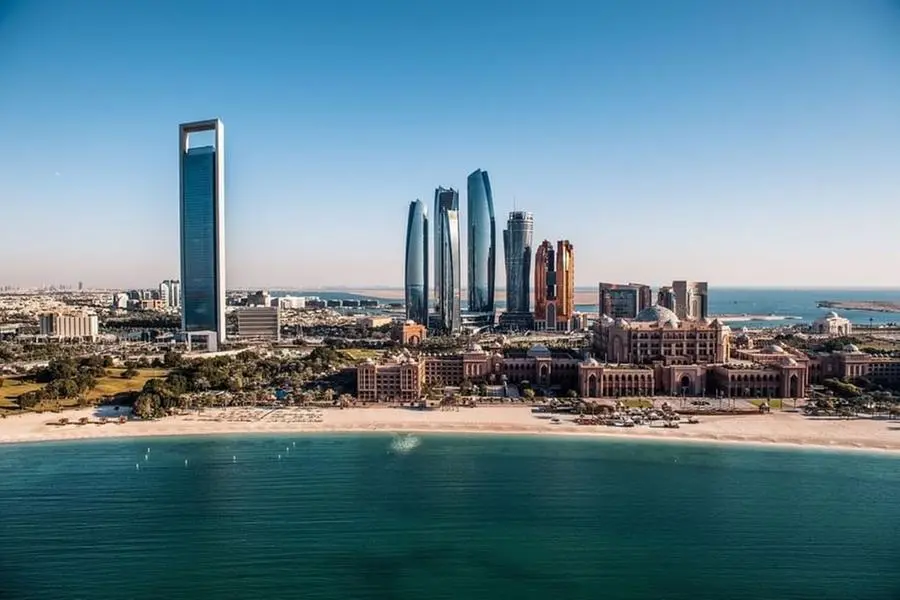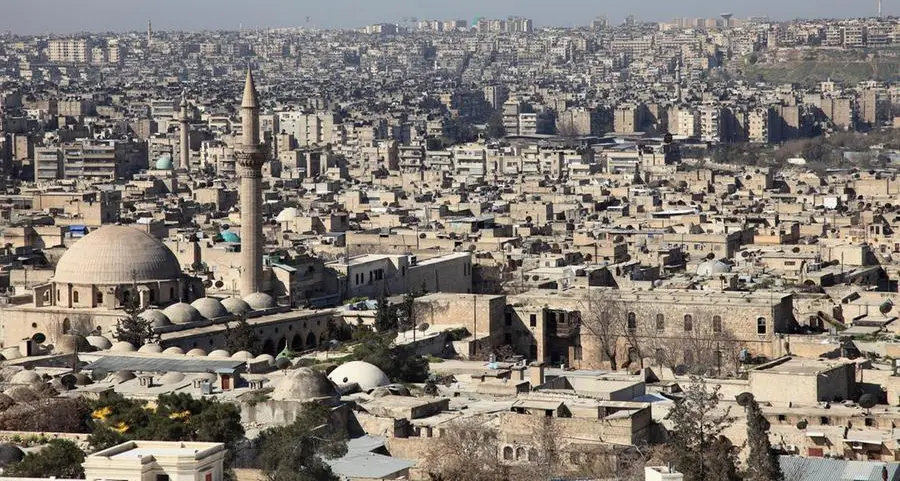Saturday, Apr 16, 2005
Midday prayers were already over when I took a small room beneath the minaret in Sidi Bou Said - by the time I finally found a restaurant the lunch-hour was well advanced and all the tables occupied. I hung about for a moment or two. Then, just as I was about to leave, a man and woman invited me over to join them.
I had been in the country all of four hours and this was the first example of that remarkable Tunisian sociability, which over the next few days was to impress me time and again. But what I found even more remarkable than this pair's friendly warmth to foreigners was their open and liberal attitude.
Muslim societies are not generally permissive societies where intimate relations between unmarried couples are admitted, much less vigorously debated over sea bream and pommes frites in the company of strangers. Yet here I got a blow by blow account of a six-month affair that, now somewhere between whirlwind passion and permanent liaison, seemed to be at a dangerous, risk-of-stalling stage.
She was in her mid-twenties, vivacious, forthright, a student at the Tunis law faculty. He was a good deal older, and quite obviously head-over-heels. The question now was what came next - he was for immediate marriage while she, cooler, was in favour of maintaining the status quo.
"Why should Tunisian women rush into anything?" she challenged us in French. "Already we have advanced legislation on women's rights. Polygamy has been abolished here. So has the Islamic right of a husband to repudiate his wife, a woman can initiate divorce as easily as a man now and there are strict rules for the division of property. We are the envy of women throughout the Islamic world. There is no reason for men to make all the decisions."
At this point her adoring partner should, by rights, have looked crestfallen. But he simply couldn't help himself. "Would you just look at her?" he beamed at me. "Isn't she a bijou, a real jewel? C'est une femme parfaitment libre dans un pays presque libre." (She is a perfectly free woman in an almost free country.)
Now, I cannot vouch for political freedom in Tunisia. Nor will most Tunisians - they are so horrified by events in next-door Algeria that many are satisfied simply to go to sleep knowing they will wake up next morning. But I can attest to the fact that in cosmopolitan Sidi Bou Said, at least, Tunisians have a kind of personal freedom - to say nothing of a sensuous lifestyle - that we in the west find difficult to imagine among Muslims.
Any way you look at it, Sidi Bou Said is an altogether uncommon place. It tumbles down a hillside to a sweeping crescent of coastline, a gleaming, whitewashed village just half-an-hour's drive from the grime and blare of the capital, Tunis. As the architecture students who stand sketching in its stepped streets and cobbled alleys will tell you, it is a marvel of geometry. Here, in a rare setting protected from development for almost a century, sit classic, unadulterated forms - the graceful curves of domed roofs, the straight lines of towers and minarets, the angular cube-shapes of the simple dwellings once found throughout the Mediterranean.
That might sound a little austere. But Sidi Bou's structural purity, I discovered when I strolled around the village that afternoon, is offset by both intricacy of detail and an extraordinary lushness. Here sensuality waited around every corner. Branches of flame-covered bougainvillea hung heavy on village walls. Fragile blooms of jasmine drugged the air. Cypress, date palms and pines rose above flat rooftops. The tendrils of grapevines curled over carved wooden balconies, through delicate wrought ironwork, and around the doorways that are Sidi Bou's glory - they were framed in horseshoe-shaped stone arches and decorated with rich patterns of metal studs. Each door was painted a blue so deep and rich it matched the sky above and the sea below.
An essence of everything Mediterranean, Sidi Bou Said seemed a bit like French Saint-Paul de Vence, Spanish Cadaques, the Italian Cinque-Terra and Greek Rhodes. And inevitably, like them all, it too had its crowds of day-trippers. At first I was put off by the busloads of foreign tourists and their video cameras. The cheap brass hookahs, the furry stuffed camels and other exotic geegaws that lined the streets of the morning bazaar made me wonder if I hadn't chosen the wrong place to settle down in for a few days.
But after 24 hours I changed my mind. For Sidi Bou Said is not just one place, but actually two. The tour-groups in shorts and baseball caps have a daylight existence only. With very little accommodation to house them, the streets have emptied by mid afternoon. By night-time Sidi Bou is transformed - it has become a seat of Arab chic.
I adjusted my schedule accordingly. Each morning I would hop on the little suburban commuter train that runs along the Gulf of Tunis, and spend the day in my own tourism. In the capital at the end of the line I got lost in the medina, a labyrinth of bazaar streets that at its very heart hides the great medieval Zitouna Mosque. In the port area of La Goulette - formerly home to Tunis's large Jewish community - I ate magnificent fish lunches. In La Marsa I strolled along the sea before once-
elegant but now crumbling French colonial villas. And in Carthage I wandered among fallen ruins, centre of a great power that in the end was defeated only by Rome itself.
Each afternoon, though, I would return gratefully to Sidi Bou Said. And there, on some peaceful cafe terrace or fragrant garden high above the sea, I would lapse into serene and sensuous reverie.
I would imagine myself the Baron Rudolphe d'Erlanger, the aristocratic aesthete and scholar who, settling here in the 1920s, managed to preserve Sidi Bou's splendid architectural setting. Or I might fantasise being one of the wealthy artists or patrons of culture who subsequently took up residence here. I would even picture myself as Sacheverell Sitwell, one of a host of European intellectuals who spent time here. He came to Sidi Bou to see the finest harem-ladies in all Tunisia; and so too, after a suitable amount of twilight repose, was I ready to encounter their modern-day counterparts, the fashionable youth of Tunisia's elite.
I did not have far to go. The capital's jeunesse doree flock nightly to Sidi Bou by the score and settle, like brilliant roosting birds, in and around the Cafe des Nattes in the centre of the village. Once a Sufi pilgrim's rest, it is still today an exotic place of multi-coloured pillars and raised platforms for horizontal lounging.
Here were practices ages old - like everyone else I took off my shoes and sat back on woven reed mats. There were orders for sweet mint tea, for little bouquets of jasmine that male patrons slipped behind their ears, for hookahs, or water pipes, with long gurgling stems. There was nothing old-fashioned, though, about other cafe behaviour. There were conversations that switched mid-sentence from French to Arabic to English. There were young men who held forth confidently on such vital subjects as art, literature and who gave the best dinner party in town. And beside them, disagreeing as often as agreeing, were young women whose high-heels, bare midriffs and big hair would not have gone amiss in Milan or Paris.
Where did all this high-energy sophistication come from? Perhaps, I reflected, we have all seen too many violent images of the Islamic world. There are many Islamic worlds. This particular one sat on the shores of the Mediterranean, a sea that is capable of blending a great range of races, religions and cultures. I sat back, called a passing waiter for a water pipe, and tried to look cosmopolitan.
By NICK WOODSWORTH
Copyright The Financial Times Ltd 2005. Privacy policy.



